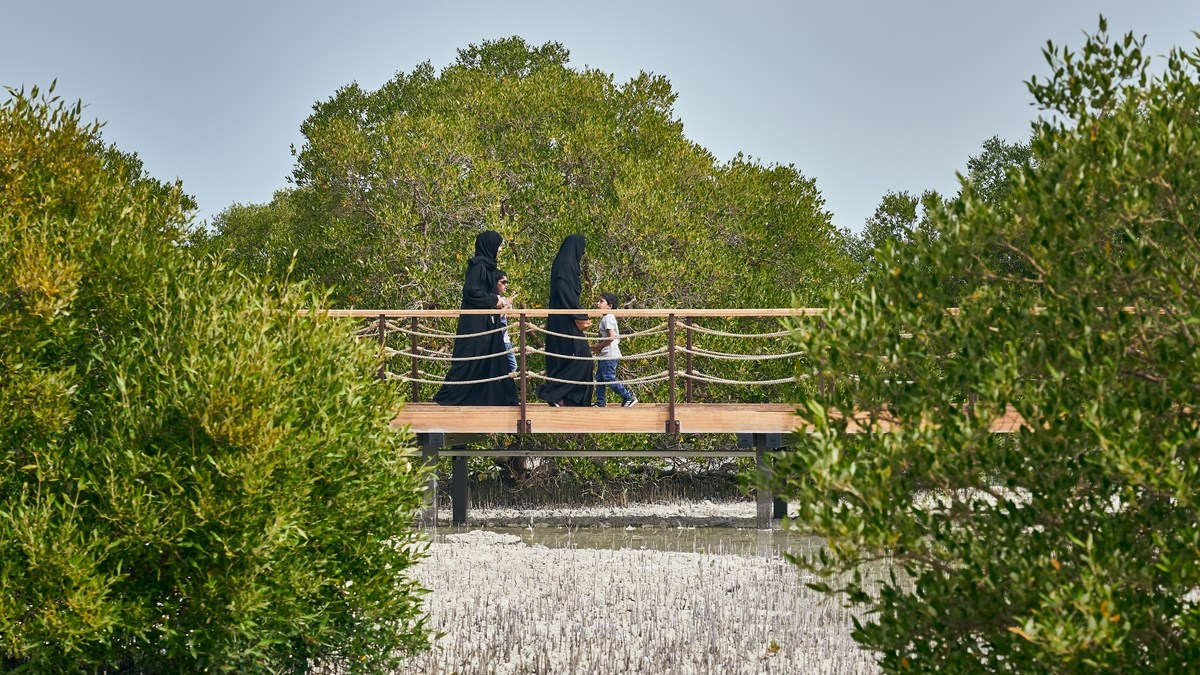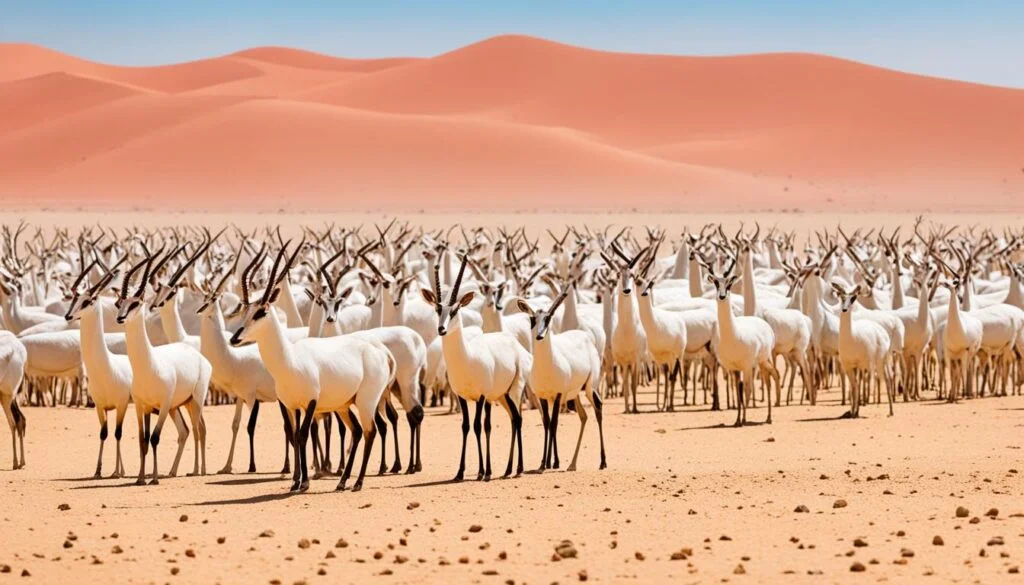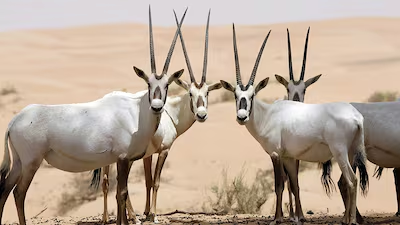Now Reading: UAE’s Bold Steps to Protect Endangered Animals You Must Know2025!
-
01
UAE’s Bold Steps to Protect Endangered Animals You Must Know2025!
UAE’s Bold Steps to Protect Endangered Animals You Must Know2025!

Table of Contents
The United Arab Emirates (UAE), famous for its modern cities and luxury lifestyle, is also making headlines for a very different reason—its strong commitment to wildlife conservation. In a region where deserts stretch endlessly and temperatures rise high, the UAE is working hard to protect its plants, animals, and natural habitats for future generations.
This effort is not only important for the UAE but also for the entire Middle East region, where unique species of animals and plants face threats from climate change, urban development, and human activity.
The Importance of Wildlife Conservation in the UAE

The UAE is home to several unique and rare species such as the Arabian oryx, sand gazelle, Arabian leopard, and the hawksbill turtle. These animals have adapted over thousands of years to survive in the harsh desert conditions. Sadly, due to overhunting, habitat destruction, and pollution, many of these species became endangered or extinct in the wild.
Recognizing this danger, the UAE government has taken serious steps to protect its wildlife. From creating nature reserves to breeding endangered species in captivity, the UAE is turning into a leading example of wildlife protection in the Middle East.
Protected Areas: Safe Homes for Wildlife
One of the UAE’s greatest achievements in conservation is the creation of protected areas and wildlife sanctuaries. These areas are designed to keep human activity limited and allow nature to recover.
For example, the Dubai Desert Conservation Reserve (DDCR) covers over 225 square kilometers and is home to the Arabian oryx, desert foxes, and many reptiles and birds. The reserve also supports eco-tourism, where visitors can experience desert safaris without harming the environment.
Another famous protected area is Sir Bani Yas Island, located in Abu Dhabi. Once a barren land, this island has been transformed into a green paradise with over 13,000 free-roaming animals, including cheetahs, giraffes, and gazelles. The island also plays an important role in breeding endangered species.
The Jebel Hafeet National Park in Al Ain and the Mangrove National Park in Abu Dhabi protect rare mountain and coastal ecosystems, respectively. These parks help keep the delicate balance between nature and urban development.
Breeding and Reintroduction Programs: Bringing Animals Back
Some of the UAE’s most impressive conservation success stories come from breeding and reintroduction programs. The Arabian oryx was once extinct in the wild, but thanks to breeding efforts in the UAE, this beautiful antelope is now back in its natural desert habitat.
Similar efforts are being made for the Arabian leopard, one of the world’s rarest big cats. Although very few leopards remain in the wild, the UAE is supporting regional projects to save this predator from extinction.
The country also protects sea creatures like the hawksbill turtle, which nests on UAE beaches. Conservation programs track these turtles, protect their nesting grounds, and educate the public about the importance of marine life.
Laws and Government Support
The UAE government has passed strict environmental laws to protect wildlife. Hunting is banned in most areas, and harming endangered species can lead to heavy fines or even jail time.
The Ministry of Climate Change and Environment (MOCCAE) works closely with international groups like the International Union for Conservation of Nature (IUCN) and World Wildlife Fund (WWF) to follow global conservation standards.
In 2020, the UAE launched the National Biodiversity Strategy, aiming to protect 30% of its land and sea areas by 2030. This includes restoring coral reefs, planting mangroves, and preserving desert ecosystems.
Technology and Innovation in Conservation
The UAE also uses the latest technology to support its conservation work. Drones, satellite tracking, and artificial intelligence (AI) are being used to monitor animal populations and detect threats like poaching or illegal fishing.
In the oceans, projects like coral reef restoration use advanced techniques to rebuild damaged reefs, which are important for fish and other marine life. On land, desert plants are being studied for their ability to survive extreme heat and dryness, helping scientists learn how to protect green areas in the desert.
Public Awareness and Education
Wildlife conservation is not just the government’s job. The UAE encourages its people to learn about and support the environment. Schools, universities, and community groups regularly organize beach cleanups, tree planting, and wildlife protection events.
Zoos and conservation centers like the Emirates Park Zoo, Al Ain Zoo, and Dubai Safari Park help educate visitors about animals and the importance of conservation. These places also take part in breeding programs for endangered species.
Social media campaigns, documentaries, and eco-friendly tourism options also spread the message of wildlife protection across the country and the world.
Challenges Ahead
Despite these efforts, the UAE faces many challenges in conservation. Rapid urban growth, oil production, and tourism can sometimes harm nature. Climate change brings new risks, such as rising sea levels and extreme weather, which threaten coastal and desert habitats.
Water scarcity is another problem, as plants and animals in the desert depend on limited water sources. Pollution from plastic waste and oil spills can also damage marine life.
To overcome these challenges, the UAE plans to invest more in renewable energy, green technologies, and scientific research to create a balance between development and nature protection.
The Future of UAE Wildlife Conservation

The UAE’s journey in wildlife conservation is a story of hope and success. From saving the Arabian oryx to restoring coral reefs, the country shows that even in harsh desert conditions, nature can be protected and restored with effort and care.
As the world faces a growing environmental crisis, the UAE’s example offers lessons for other nations: that development and conservation can go hand in hand.
If the country continues on this path, the future will be brighter not only for its people but also for its unique and beautiful wildlife.
Conclusion
The UAE’s wildlife conservation efforts prove that with vision, technology, and strong government action, even the most fragile ecosystems can be saved. Through protected areas, breeding programs, strict laws, and public involvement, the UAE is creating a safer, greener future for its plants and animals.
For tourists, nature lovers, and environmentalists alike, the UAE’s wildlife reserves are not only places of beauty but also symbols of hope for the planet’s future.
Read More:- Deyaar’s Latest Announcement Shakes Up the UAE Property Market





















